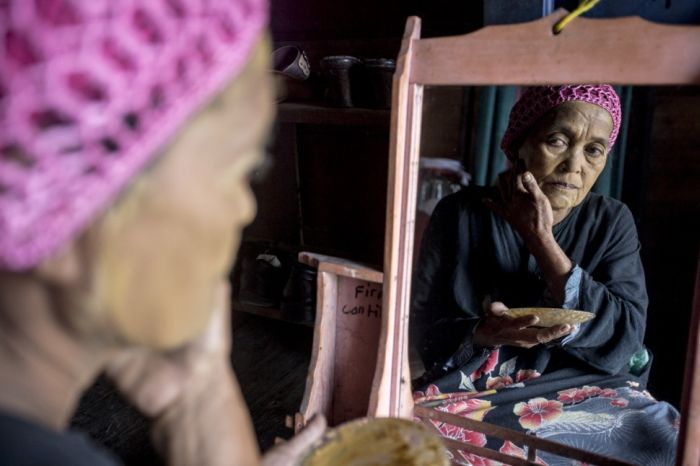|
|
Life In Philippines
|
Situated on the western fringes of the Pacific Ring of Fire, the Philippines experiences frequent seismic and volcanic activity. The Benham Plateau to the east in the Philippine Sea is an undersea region active in tectonic subduction. Around 20 earthquakes are registered daily, though most are too weak to be felt. The last major earthquake was the 1990 Luzon earthquake. There are many active volcanoes such as the Mayon Volcano, Mount Pinatubo, and Taal Volcano. The eruption of Mount Pinatubo in June 1991 produced the second largest terrestrial eruption of the 20th century. Not all notable geographic features are so violent or destructive. A more serene legacy of the geological disturbances is the Puerto Princesa Subterranean River. The white sand beaches that make Boracay a popular vacation getaway are made of coral remnants.
Due to the volcanic nature of the islands, mineral deposits are abundant. The country is estimated to have the second-largest gold deposits after South Africa and one of the largest copper deposits in the world. It is also rich in nickel, chromite, and zinc. Despite this, poor management, high population density, and environmental consciousness have resulted in these mineral resources remaining largely untapped. Geothermal energy, however, is another product of volcanic activity that the country has harnessed more successfully. The Philippines is the world's second-biggest geothermal producer behind the United States, with 18% of the country's electricity needs being met by geothermal power.
|
|









